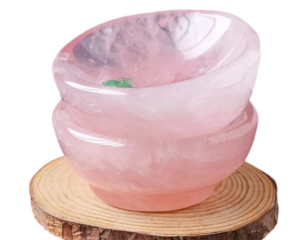Although kornerupine was named in 1884, it was not until 1912 that gem-quality material was found. Even now it is uncommon and cut only for collectors. Strongly pleochroic, it appears green or reddish brown when viewed from different directions. To show the very best colour, it is cut with the table facet parallel to the length of the crystal.
Localities include Madagascar, Sri Lanka, and East Africa, which also produces an emerald green variety. Cat’s eye gems are cut from Sri Lankan and East African stones.
It has been confused with tourmaline and enstatite.



























Leave a Reply
You must be logged in to post a comment.